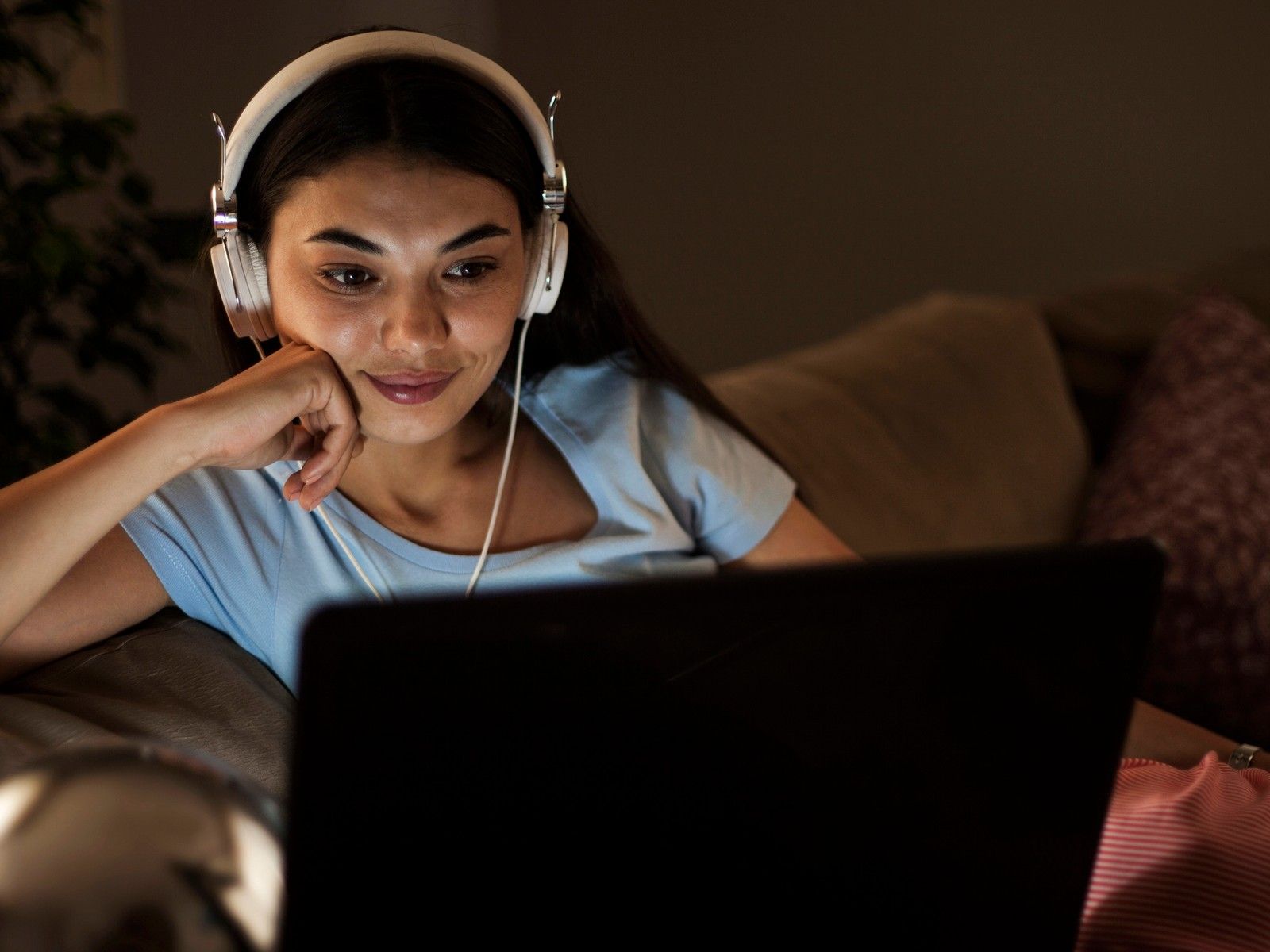grabbing a nap in the middle of the day won’t undo the dangers of a restless night, according to a new study that stresses the importance of sustained shuteye on cognitive function.the research, conducted at michigan state university’s sleep and learning lab and
published in the journal sleep, was one of the first to explore the restorative potential of shorter daytime slumbers, which is often all people have time for in hectic households across the country.“in this study, we wanted to know if a short nap during the deprivation period would mitigate these deficits,” said kimberly fenn, author of the study, associate professor and director of msu’s sleep and learning lab. “we found that short naps of 30 or 60 minutes did not show any measurable effects.”the study recruited 275 college-aged participants and subjected them to a series of cognitive tests designed to measure attention span and the ability to placekeep — or perform several tasks in a prescribed order without repeating or skipping a step — even when interrupted. after the evening tests, subjects were split into three groups: the first was allowed to go home for a normal night of sleep; the second remained at the lab overnight with the option of taking a 30-or 60-minute nap; the third was required to remain in a sleep-deprived state. the next morning, all three groups performed the same tasks again.“the group that stayed overnight and took short naps still suffered from the effects of sleep deprivation and made significantly more errors on the tasks than their counterparts who went home and obtained a full night of sleep,” fenn said.
while the naps offered no measurable ability to relieve the effects of sleep deprivation, researchers found the amount of slow-wave sleep participants got during the short snooze was related to a reduction of the symptoms commonly associated with a lack of sleep. slow-wave sleep (sws) is the deepest and most restorative stage of sleep, where the body and its muscles are at their most relaxed and respiration and heart rate are at their slowest. it is characterized by high amplitude, low frequency brain waves.“sws is the most important stage of sleep,” fenn said. “when someone goes without sleep for a period of time, even just during the day, they build up a need for sleep; in particular, they build up a need for sws. when individuals go to sleep each night, they will soon enter into sws and spend a substantial amount of time in this stage.”although the amount of sws obtained during a nap fluctuates from person to person, every additional 10-minute increase in sws “reduced errors after interruptions by about four per cent” on the tasks performed in the study. four per cent may not seem like much, fenn said, but it can be the difference between life and death in professions most prone to sleep deprivation errors, such as surgeons, police officers and truck drivers. she said she hopes the findings will be used to emphasize the importance of a good night sleep and increase the knowledge that naps — even those that include sws — are no comparison.“individuals who obtained more sws tended to show reduced errors on both tasks,” she said. “however, they still showed worse performance than the participants who slept.”
dave yasvinski is a writer with healthing.ca
 2 minute read
2 minute read









